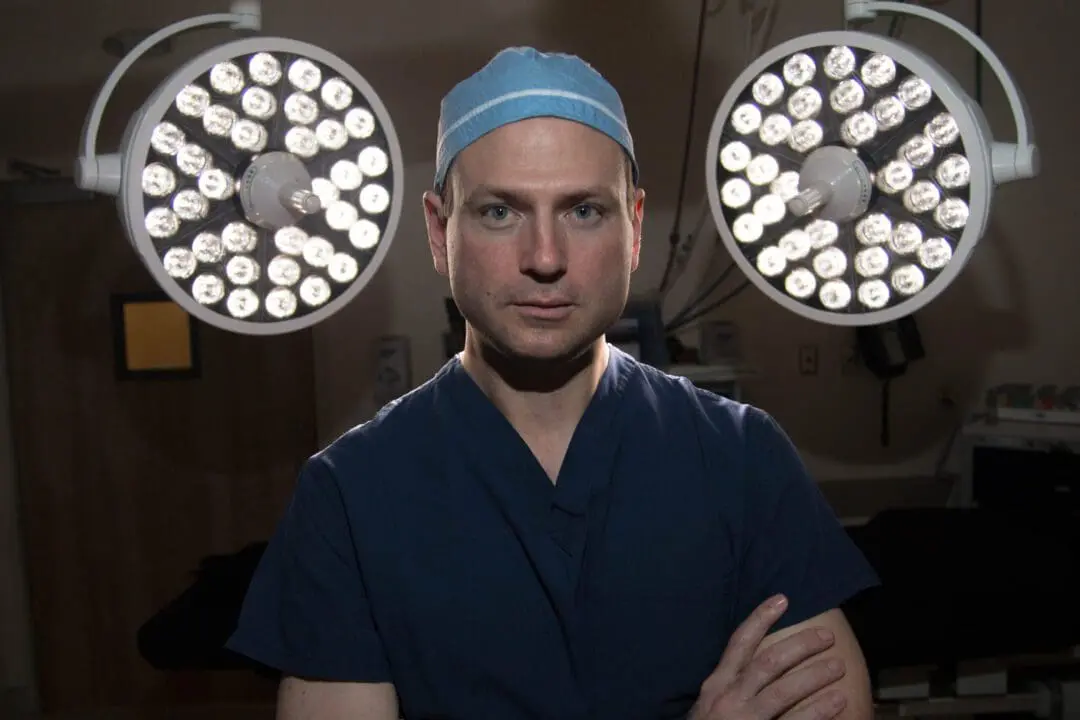
Mal-Union Fractures
A mal-union is a fracture that has improperly healed, compared to a non-union, when there is no fusion of the injury. In mal-unions, the bones have healed but they have set improperly, causing impairment or loss of function of the limb. The bone could be bent, rotated or the fractured ends could overlap, leading to deformity or shortening of the limb. As a guideline, if a bone fracture has not healed properly by the end of six months, it would be considered a mal-union.
If a mal-union doesn’t interfere with functionality or mobility, then it most likely won’t need to be reset. However, if a mal-union bone fracture impedes function, then surgery will be performed to repair the alignment. Deciding whether or not a bone is significantly impaired and requires a second surgery is an important decision. You need an expert orthopedic surgeon like Dr. Daniel C. Allison in Los Angeles with sophisticated expertise in fractures to distinguish the difference. He knows that if improperly healed bones go untreated, complications such as a shortened limb or a gap between the fracture ends may occur.
Should you or a loved one believe that a mal-union has formed, it is vital that you get in touch with an experienced orthopedic surgeon today. Call Dr. Daniel Allison at (310) 730-8008 or fill out the online contact form to learn more and schedule a consultation in Los Angeles today.
Proficiency with Technical Precision
Most mal-unions require cutting a portion of the bone, or an “osteotomy,” in the vicinity of the first fracture to correct alignment. This is done to break the mal-union so the bone can then be correctly re-set. An osteotomy is typically performed using the traditional “open” method versus a minimally invasive procedure. At the time of surgery, any infected bone or tissue is removed and treated with antibiotics to avoid osteomyelitis (bone infection). The limb is then realigned and stabilized using an internal fixation device, which could be a rod, screw or metal plate.
Healing takes from 120 to 180 days following surgery. Duration depends on the severity of the complication and patient’s condition. Standard rehabilitative therapy requirements also apply to mal-unions to restore functionality, strength, and mobility.
You want to consult with a surgeon renowned for precision in diagnosis. Dr. Allison’s thorough understanding of musculoskeletal structures is extensive. His training in orthopedic oncology equips him with a knowledge base that exceeds most practitioners. While few in number, some mal-unions do not significantly affect function or appearance, and Dr. Allison can distinguish these from severe cases and help patients to avoid unnecessary surgery.
Read more about how malunion bone fractures are treated at hss.edu
Mal-Union Diagnostic Excellence
A mal-union fracture could be caused by inadequate immobilization of the fracture, misalignment at treatment, premature removal of a stabilizing treatment (cast), or bone loss with injury. Mal-unions can also develop when a fracture has been displaced, causing cartilage build-up to form. As a result, any of these conditions could lead to joint degeneration, pain, “post-traumatic arthritis” or bone slippage from joint instability.
The most common indicator of a mal-union is the appearance of a bend in the bone. Symptoms can include deformity, pain, swelling, instability, or functional impairment at the mal-union. If a lower extremity is involved, the patient could be unable to bear weight and if affecting a leg, walk with a limp.
When evaluating a patient for a possible mal-union, most orthopedic surgeons including Dr. Allison usually start with an x-ray to assess bone alignment and evaluate a patient’s medical history and initial fracture diagnosis. Other diagnostic tests, such as a CT scan and MRI could also be taken. MRI’s are used to check for cartilage and ligament issues from the mal-union and misalignment. CT scans are helpful in finding any abnormalities and additionally, as a surgical guide for instruments and treatment.
